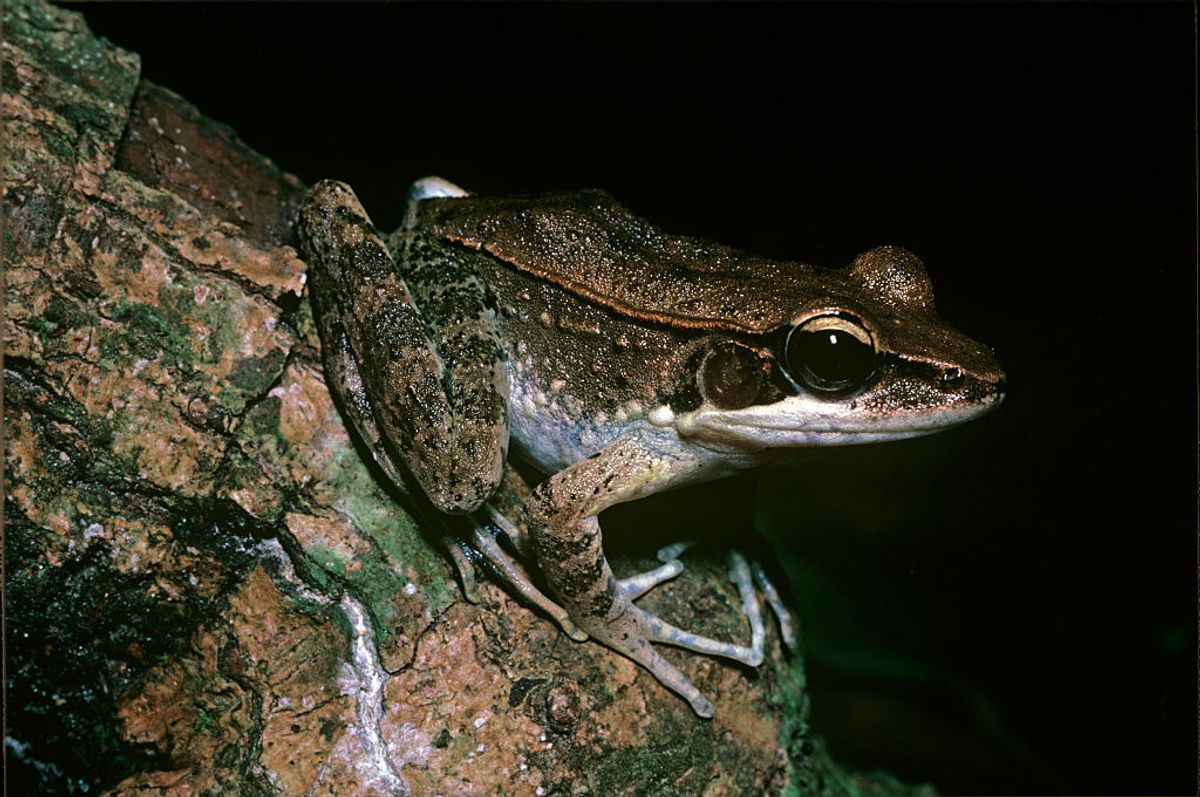Bringing the Dead Back: How Science Is Rewriting the Rules of Life and Death

In the remarkable world of nature, some extraordinary creatures have developed an almost miraculous ability to defy death itself. These resilient organisms push the boundaries of biological survival, demonstrating an incredible capacity to revive and regenerate when most would consider their life force extinguished.
From microscopic organisms to more complex life forms, nature has engineered stunning survival mechanisms that challenge our understanding of life and death. Tardigrades, often called "water bears," can survive extreme conditions that would obliterate most living things. These tiny creatures can withstand temperatures near absolute zero, radiation exposure, and even the vacuum of space by entering a state of cryptobiosis - essentially suspending their metabolic processes.
Similarly, certain species of frogs and salamanders possess extraordinary regenerative capabilities. They can regrow lost limbs, heal severe wounds, and even recover from conditions that would be fatal to other animals. Some jellyfish species take this concept even further, with the ability to revert to an earlier stage of their life cycle, effectively becoming "immortal" by resetting their biological clock.
These remarkable survival strategies are not just scientific curiosities, but profound demonstrations of life's incredible adaptability and resilience. They remind us that in nature, the boundary between life and death is far more fluid and complex than we might imagine.
